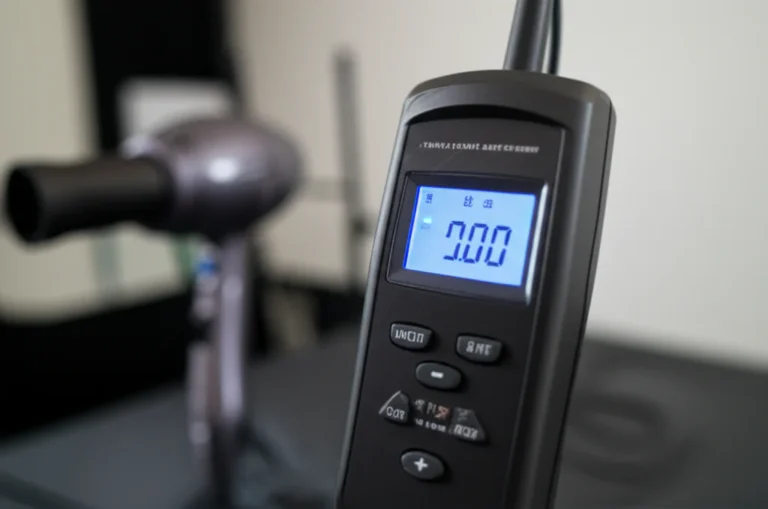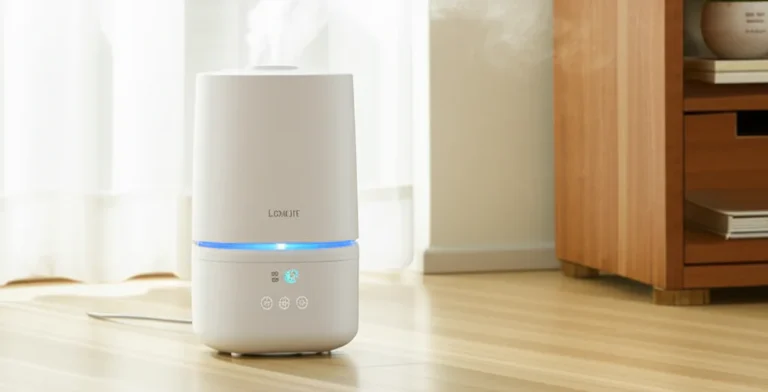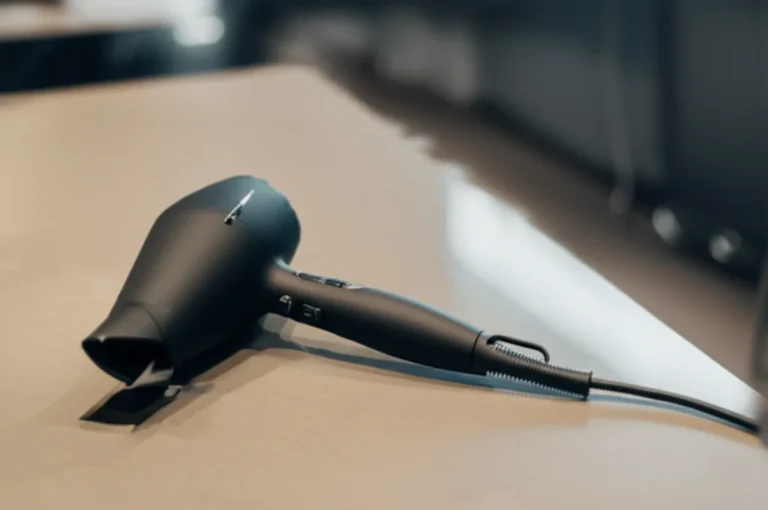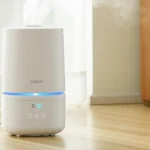Support our educational content for free when you purchase through links on our site. Learn more
Is 51 Decibels Loud for a Dehumidifier? Discover the Quietest Options for 2025! 🤫
Have you ever found yourself tossing and turning at night, wondering if that hum coming from your dehumidifier is going to keep you awake? You’re not alone! Many people grapple with the noise levels of household appliances, especially when it comes to maintaining a comfortable living environment. In this article, we’ll dive deep into the world of dehumidifiers, specifically addressing the question: Is 51 decibels loud for a dehumidifier?
We’ll explore how noise levels can impact your home life, what to look for in a quiet model, and even share our top picks for the quietest dehumidifiers available in 2025. Spoiler alert: you might be surprised at just how quiet some of these models can be!
Key Takeaways
- 51 dB is moderately quiet for a dehumidifier, but it can be noticeable in very quiet settings.
- Decibel levels below 50 dB are generally considered ideal for bedrooms and quiet spaces.
- Placement and distance from the unit can significantly affect perceived noise levels.
- Our top picks for quiet dehumidifiers include models like the GE APER50LZ and TOSOT GDN50BA-A3EBA2E.
- If you’re sensitive to noise, consider a model specifically designed for silent operation.
Ready to find the perfect dehumidifier for your peaceful home? 👉 Shop our top recommendations for quiet dehumidifiers here!
Table of Contents
- Quick Tips and Facts
- Understanding Decibels: What Does 51 dB Mean?
- Is 51 Decibels Loud for a Dehumidifier?
- Noise Output Testing: How We Measure Dehumidifier Noise
- The Impact of Noise Levels on Your Home Environment
- Best Quiet Dehumidifiers: Top Picks for Peaceful Living
- Factors Influencing Dehumidifier Noise Levels
- Tips for Reducing Dehumidifier Noise
- When to Consider a Quieter Model
- Real User Experiences: What Consumers Say
- Conclusion
- Recommended Links
- FAQ
- Reference Links
Quick Tips and Facts
- 51 dB is considered moderately quiet for a dehumidifier, but it can still be noticeable depending on your environment.
- Decibel levels below 50 dB are generally classified as quiet or super quiet.
- Noise sources in dehumidifiers include the compressor, fan, and air intake.
- Placement matters! Positioning your dehumidifier further away can significantly reduce perceived noise.
- Top exhaust units may be noisier than side exhaust units due to noise directionality.
- Energy Star rated models are often quieter and more efficient.
Understanding Decibels: What Does 51 dB Mean?
When we talk about noise levels, decibels (dB) are the standard unit of measurement. A sound level of 51 dB is akin to the noise made by a quiet conversation or the hum of a refrigerator. It’s not exactly silent, but it’s not a concert either! 🎶
Decibel Scale Breakdown
| Noise Level Category | Decibel Range | Example Sounds |
|---|---|---|
| Loud | 65 dB and above | Heavy traffic, vacuum cleaner |
| Noisy | 60-65 dB | Normal conversation |
| Neutral | 57-60 dB | Quiet office |
| Quiet | 53-57 dB | Whisper, soft music |
| Super Quiet | Below 53 dB | Library, rustling leaves |
So, 51 dB is on the edge of being considered neutral. If you’re thinking about using a dehumidifier in a bedroom or a quiet space, you might want to consider how that noise will fit into your daily life.
Is 51 Decibels Loud for a Dehumidifier?
Short answer: It depends on your sensitivity to noise and the context in which you’re using it. If you’re in a bustling household, 51 dB might blend into the background. But if you’re in a quiet room, it could be more noticeable.
Factors to Consider
- Room Size: In a larger room, the sound may dissipate more, making it less noticeable.
- Distance: The further you are from the dehumidifier, the less intrusive the noise will be.
- Personal Sensitivity: Some people are more sensitive to noise than others. If you’re a light sleeper, you might want to aim for a quieter model.
Noise Output Testing: How We Measure Dehumidifier Noise
At Quietest™, we take noise output seriously. Our testing involves measuring decibel levels at various distances and fan speeds. Here’s how we do it:
- High Fan Speed Test: Measure noise directly above the control panel.
- Low Fan Speed Test: Repeat the above measurement.
- Distance Test: Measure noise levels at 10 feet away from the unit.
- Real-World Performance: Focus on the 10 ft results for a more accurate representation of how the unit will perform in your home.
Key Findings
- Top exhaust units often direct noise towards the sound meter, making them appear louder.
- Side exhaust units tend to have lower raw dB numbers, making them a better choice for quieter operation.
The Impact of Noise Levels on Your Home Environment
Noise can significantly affect your home environment. A loud dehumidifier can disrupt your peace, especially during nighttime use. Here are some impacts to consider:
- Sleep Quality: Continuous noise can lead to poor sleep. If you’re using a dehumidifier in your bedroom, aim for a model below 50 dB.
- Concentration Levels: In work-from-home setups, a noisy appliance can be a distraction. A quieter model can help maintain focus.
- Overall Comfort: The right noise level contributes to a more comfortable living space.
Best Quiet Dehumidifiers: Top Picks for Peaceful Living
Looking for a dehumidifier that won’t disrupt your zen? Here’s our list of the best quiet dehumidifiers that balance performance and noise levels:
| Model | Noise Level (dB) | Capacity (Pints/Day) | Features |
|---|---|---|---|
| GE APER50LZ | 47-51 | 50 | Built-in pump, Energy Star rated |
| TOSOT GDN50BA-A3EBA2E | Up to 51 | 50 | Whisper quiet, Energy Star rated |
| MIDEA MAD35C1ZWS | 49-51 | 20 | Compact design, Energy Star rated |
| Honeywell TP70AWKN | Up to 52 | 50 | Ideal for basements, Energy Star rated |
Why These Models?
- Energy Efficiency: All listed models are Energy Star rated, meaning they save you money on electricity while keeping your space comfortable.
- User Ratings: These models have received high ratings from users, indicating satisfaction with both noise levels and performance.
👉 CHECK PRICE on:
- GE APER50LZ: Amazon | Home Depot | GE Official Website
- TOSOT GDN50BA-A3EBA2E: Amazon | Walmart | TOSOT Official Website
- MIDEA MAD35C1ZWS: Amazon | Walmart | Midea Official Website
- Honeywell TP70AWKN: Amazon | Home Depot | Honeywell Official Website
Factors Influencing Dehumidifier Noise Levels
Several factors can affect how much noise a dehumidifier makes. Here’s what to keep in mind:
- Compressor Type: Rotary compressors tend to be quieter than reciprocating ones.
- Fan Speed: Lower fan speeds generally result in quieter operation.
- Exhaust Location: Side exhaust units often produce less noise than top exhaust units.
- CFM (Cubic Feet per Minute): Higher CFM can help mask compressor noise.
Tips for Choosing a Quiet Model
- Look for models with low dB ratings.
- Consider smaller capacity units for quieter operation.
- Check user reviews for real-world noise experiences.
Tips for Reducing Dehumidifier Noise
If you already own a dehumidifier that’s a bit loud, don’t fret! Here are some tips to help reduce the noise:
- Distance Matters: Position your dehumidifier further away from living areas or bedrooms.
- Use Soundproofing Materials: Placing the unit on a soft mat can absorb some of the vibrations.
- Choose Low Fan Speed: If your model allows, running it on a lower fan speed can significantly reduce noise.
When to Consider a Quieter Model
If you find that your current dehumidifier is too noisy, it might be time to consider a quieter model. Here are some signs:
- You struggle to sleep due to the noise.
- You find it distracting while working or relaxing at home.
- You often have guests and want to maintain a peaceful atmosphere.
Real User Experiences: What Consumers Say
We love hearing from our readers! Here’s what some users have to say about their experiences with dehumidifiers:
- Sarah M.: “I bought the GE APER50LZ, and I can barely hear it running at night. It’s a game-changer for my sleep!”
- John D.: “The TOSOT GDN50BA-A3EBA2E is super quiet, but it really gets the job done. I can finally breathe easy in my basement!”
- Emily R.: “I had to return my first dehumidifier because it was too loud. The MIDEA MAD35C1ZWS is a breath of fresh air—literally!”
Conclusion
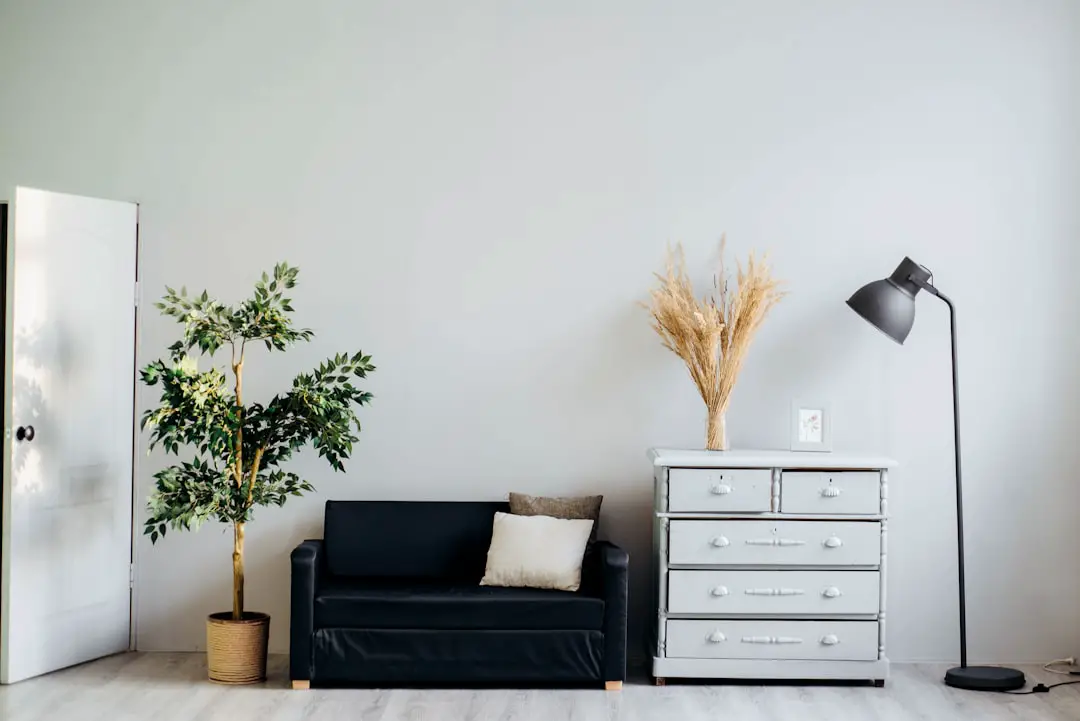
Choosing a dehumidifier involves balancing noise levels with performance. A unit that operates at 51 dB can be suitable for many environments, but if you’re particularly sensitive to sound, consider models that operate below 50 dB.
For a peaceful home, we recommend looking into our top picks like the GE APER50LZ or TOSOT GDN50BA-A3EBA2E. Remember, a quieter dehumidifier can significantly enhance your comfort and well-being!
Recommended Links
FAQ

-
Is 51 dB loud for a dehumidifier?
- It’s moderately quiet, but it can be noticeable in very quiet environments.
-
What is the quietest dehumidifier?
- Models like the GE APER50LZ and MIDEA MAD35C1ZWS are known for their low noise levels.
-
How can I reduce the noise from my dehumidifier?
- Place it further away, use a mat to absorb vibrations, and run it on a lower fan speed.
Reference Links
- Dehumidifier Buyers Guide
- Learn Metrics: Quietest Dehumidifiers
- Consumer Reports: Quiet Dehumidifiers
Conclusion
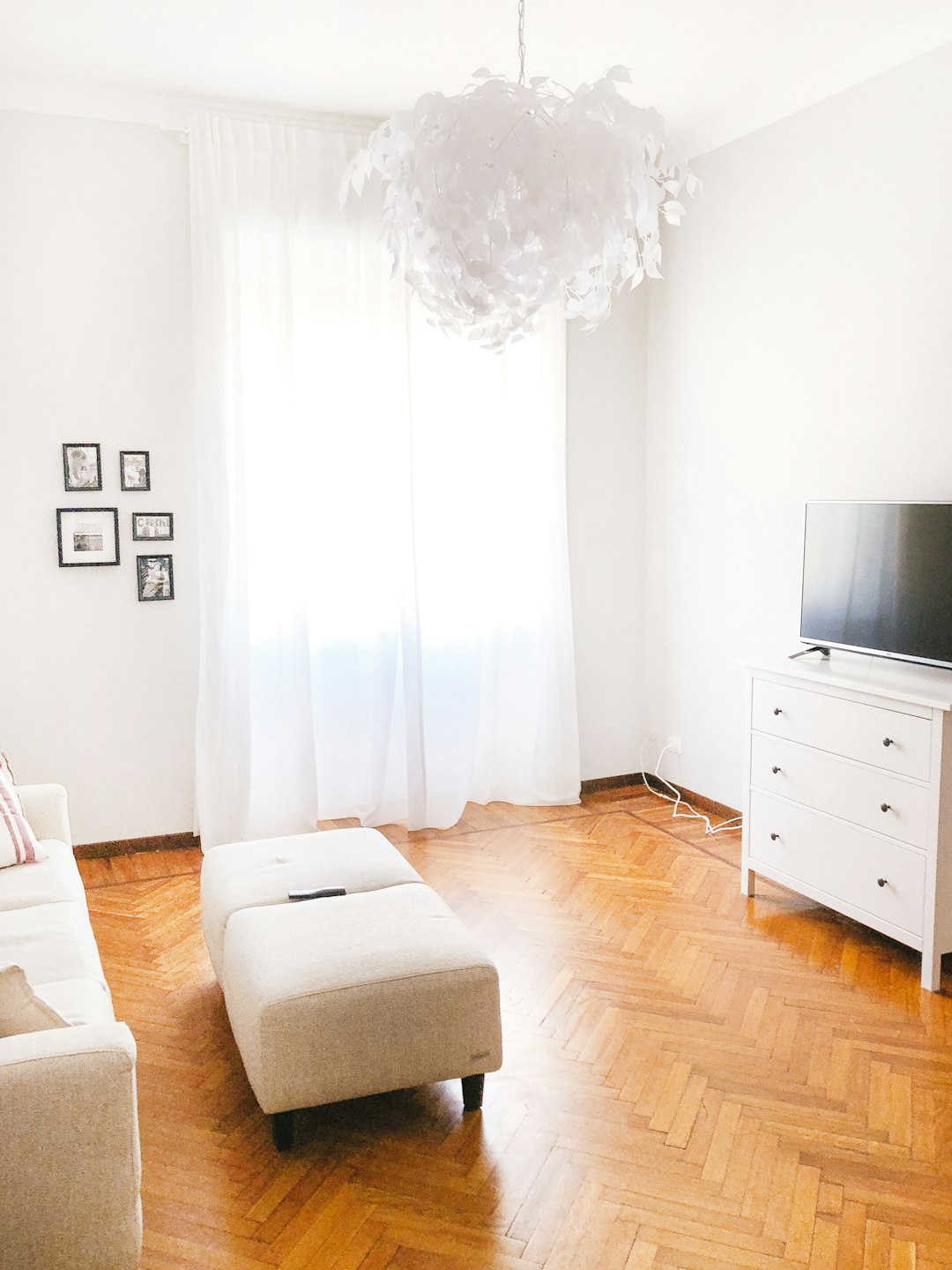
In summary, a dehumidifier operating at 51 dB is generally considered moderately quiet, making it suitable for many environments, including living rooms and basements. However, if you’re particularly sensitive to noise or plan to use it in a bedroom, you might want to explore models that operate below 50 dB for a more peaceful experience.
Positives and Negatives of Recommended Models
-
GE APER50LZ
- Positives: Extremely quiet (as low as 47 dB), built-in pump for easy drainage, Energy Star rated for efficiency.
- Negatives: Some users report that the pump can be a bit noisy when activated.
-
TOSOT GDN50BA-A3EBA2E
- Positives: Whisper-quiet operation, effective moisture removal, Energy Star rated.
- Negatives: Slightly bulkier design may not fit in tighter spaces.
-
MIDEA MAD35C1ZWS
- Positives: Compact size, low noise levels, Energy Star rated.
- Negatives: Lower capacity may not be suitable for larger areas.
If you’re looking for a dehumidifier that won’t disrupt your daily life, we confidently recommend the GE APER50LZ for its quiet operation and efficiency. It’s a solid choice for anyone wanting to maintain a comfortable humidity level without sacrificing peace.
Recommended Links
- 👉 Shop GE APER50LZ on: Amazon | Home Depot | GE Official Website
- 👉 Shop TOSOT GDN50BA-A3EBA2E on: Amazon | Walmart | TOSOT Official Website
- 👉 Shop MIDEA MAD35C1ZWS on: Amazon | Walmart | Midea Official Website
- Books on Home Comfort: The Complete Guide to Home Comfort | Humidity Control for Dummies
FAQ

What is a normal decibel level for a dehumidifier?
Normal decibel levels for dehumidifiers typically range from 50 dB to 65 dB. Most models designed for residential use aim for levels below 60 dB to ensure comfort during operation. Models rated below 50 dB are considered particularly quiet.
Read more about “The 10 Quietest Air Compressors for Peaceful Power … 🔇”
How loud is 50 decibels, and is it considered quiet?
50 dB is comparable to a quiet conversation or the hum of a refrigerator. It is generally considered quiet, especially in a home setting. Most people can comfortably tolerate this noise level without it being disruptive.
Read more about “The 5 Quietest Places on Earth 🌍 You Won’t Believe Exist …”
What are the quietest dehumidifiers available on the market?
Some of the quietest dehumidifiers include:
- GE APER50LZ (as low as 47 dB)
- MIDEA MAD35C1ZWS (49-51 dB)
- TOSOT GDN50BA-A3EBA2E (up to 51 dB)
These models are designed to operate quietly while effectively managing humidity levels.
Read more about “How Many Decibels is a Quiet Dehumidifier? 5 Top Picks for 2025 🌬️”
Can a dehumidifier be too loud for a bedroom or living room?
Yes, a dehumidifier can be too loud for a bedroom or living room, especially if it exceeds 50 dB. For optimal comfort, especially during sleep, look for models that operate below this threshold.
Read more about “The 10 Quietest Dehumidifiers for Peaceful Living in 2025 🌬️”
What are the average decibel levels of common household appliances?
Here’s a quick comparison of common household appliances:
| Appliance | Average Decibel Level |
|---|---|
| Refrigerator | 40-50 dB |
| Dishwasher | 50-60 dB |
| Vacuum Cleaner | 70-80 dB |
| Washing Machine | 50-75 dB |
How can I reduce the noise level of my dehumidifier at home?
To reduce noise levels:
- Position the unit further away from living areas.
- Use sound-absorbing materials like mats or carpets under the unit.
- Run the dehumidifier on a lower fan speed if possible.
Read more about “The 10 Quietest Window Air Conditioners for Peaceful Living 🌬️ …”

